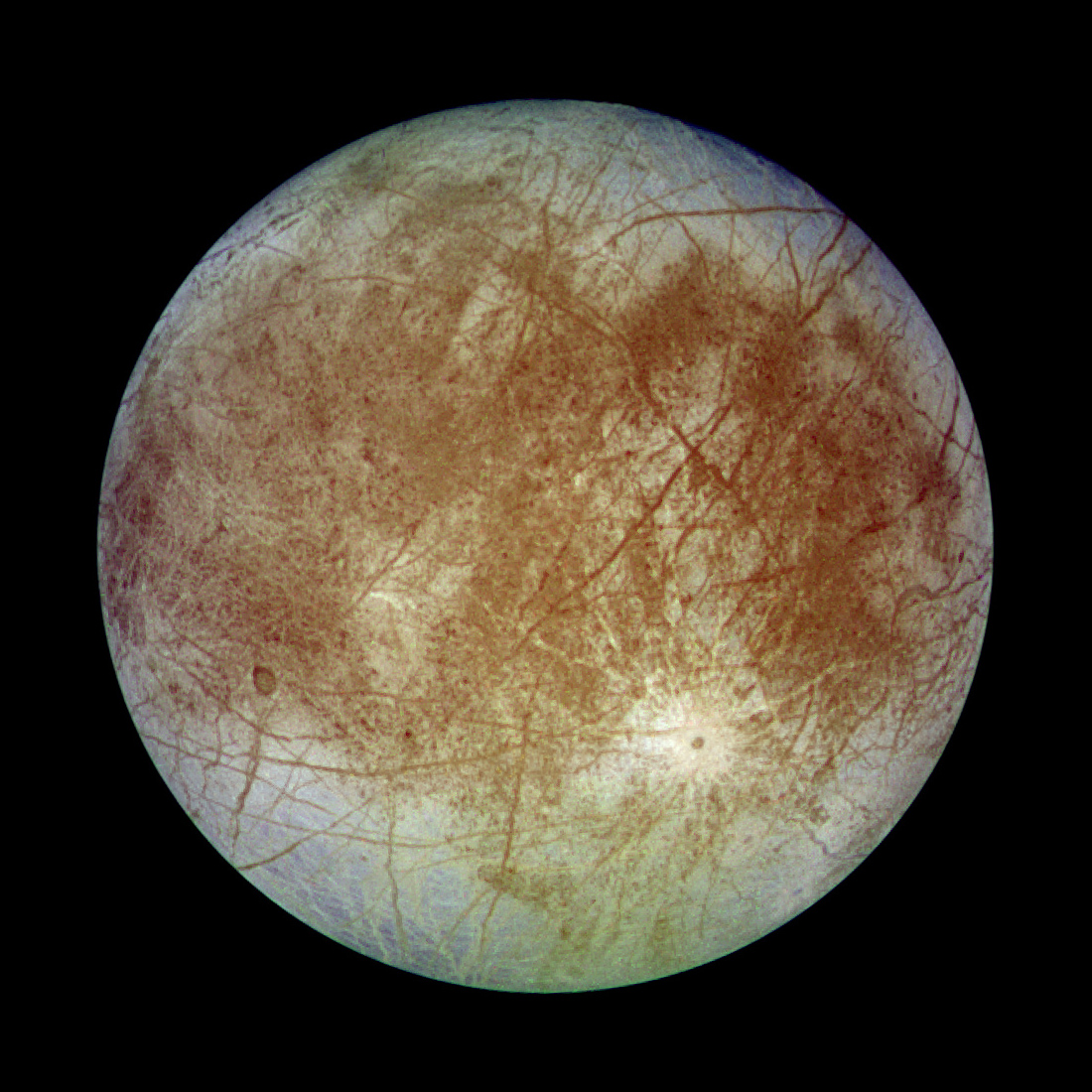The obliquity of Mars – that is, the tilt of its spin axis relative to its orbital plane – is currently 25° (similar to Earth’s 23°). Orbital dynamics calculations show that for the past 3 Myr the obliquity has oscillated between 15° and 35°, with a dominant periodicity of 120 kyr. Such large variations – a factor of 10 greater than Earth’s obliquity variations – have a significant impact on Mars’ climate and the global distribution of volatiles. This talk will focus on what happens during periods of low obliquity when perennial CO2 ice forms at the poles, causing atmospheric collapse. At these times, the thermal conductivity of the regolith can be significantly reduced, trapping the upwelling planetary heat flow beneath a more insulating layer and leading to subsurface warming of 40 K or more. At locations and depths where ground ice or hydrated minerals are present, this mechanism provides a way to periodically generate warm, wet conditions throughout Martian history, including several times within the past 1 Myr.
 Getting Under Europa’s Skin
Getting Under Europa’s Skin Tracing Formation and Evolution of Outer Solar System Bodies Through Stable Isotopes and Noble Gas Abundances
Tracing Formation and Evolution of Outer Solar System Bodies Through Stable Isotopes and Noble Gas Abundances Photosynthesis, a Planetary Revolution
Photosynthesis, a Planetary Revolution Xenon: King of the Gases
Xenon: King of the Gases